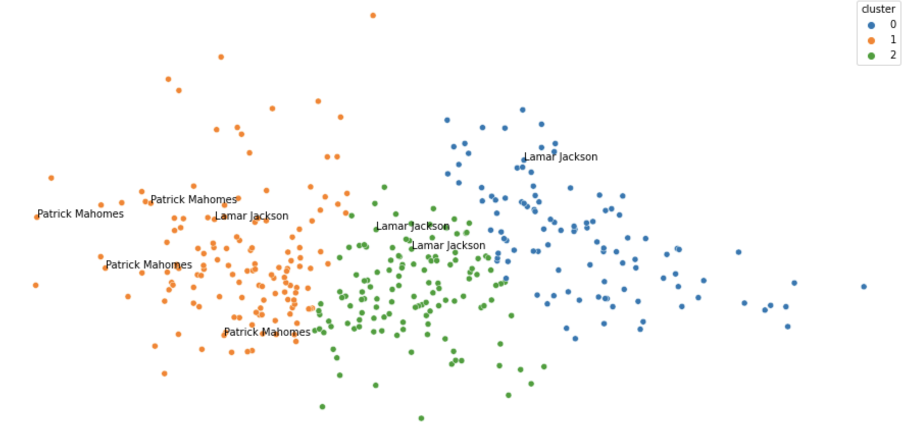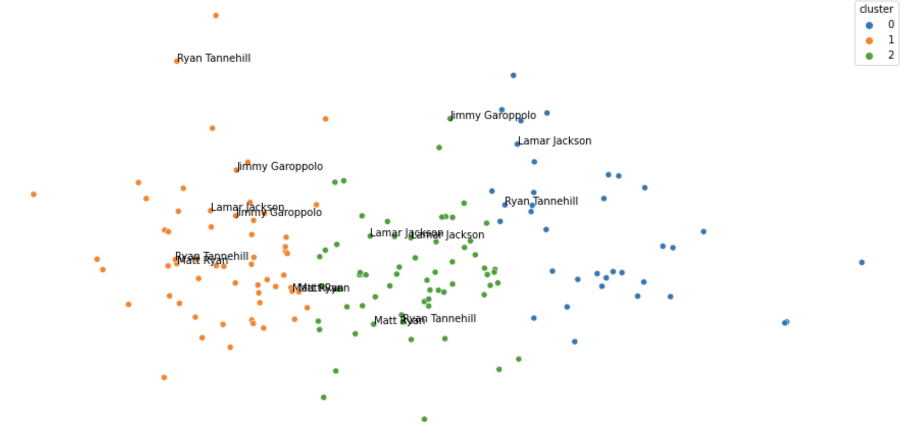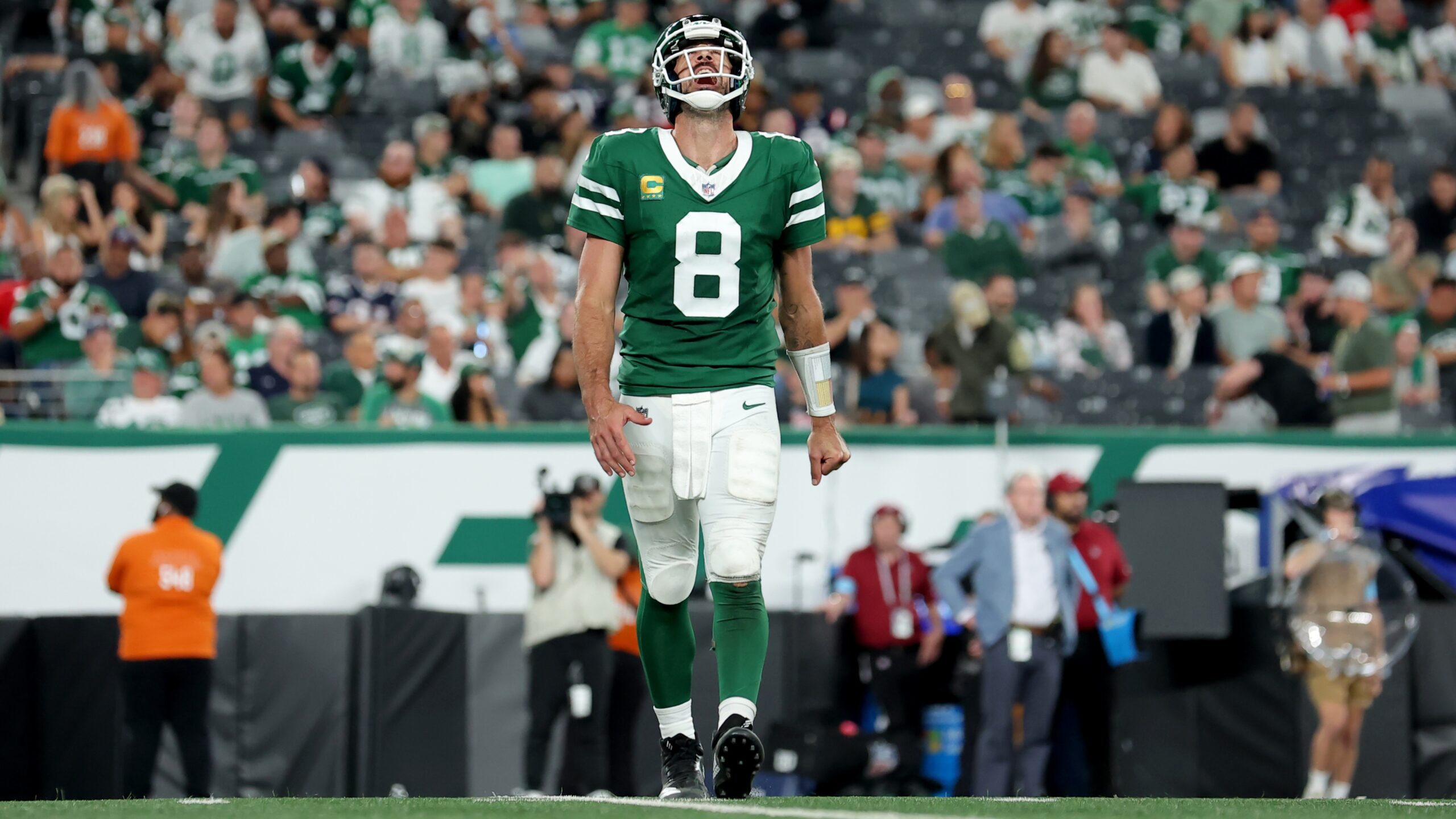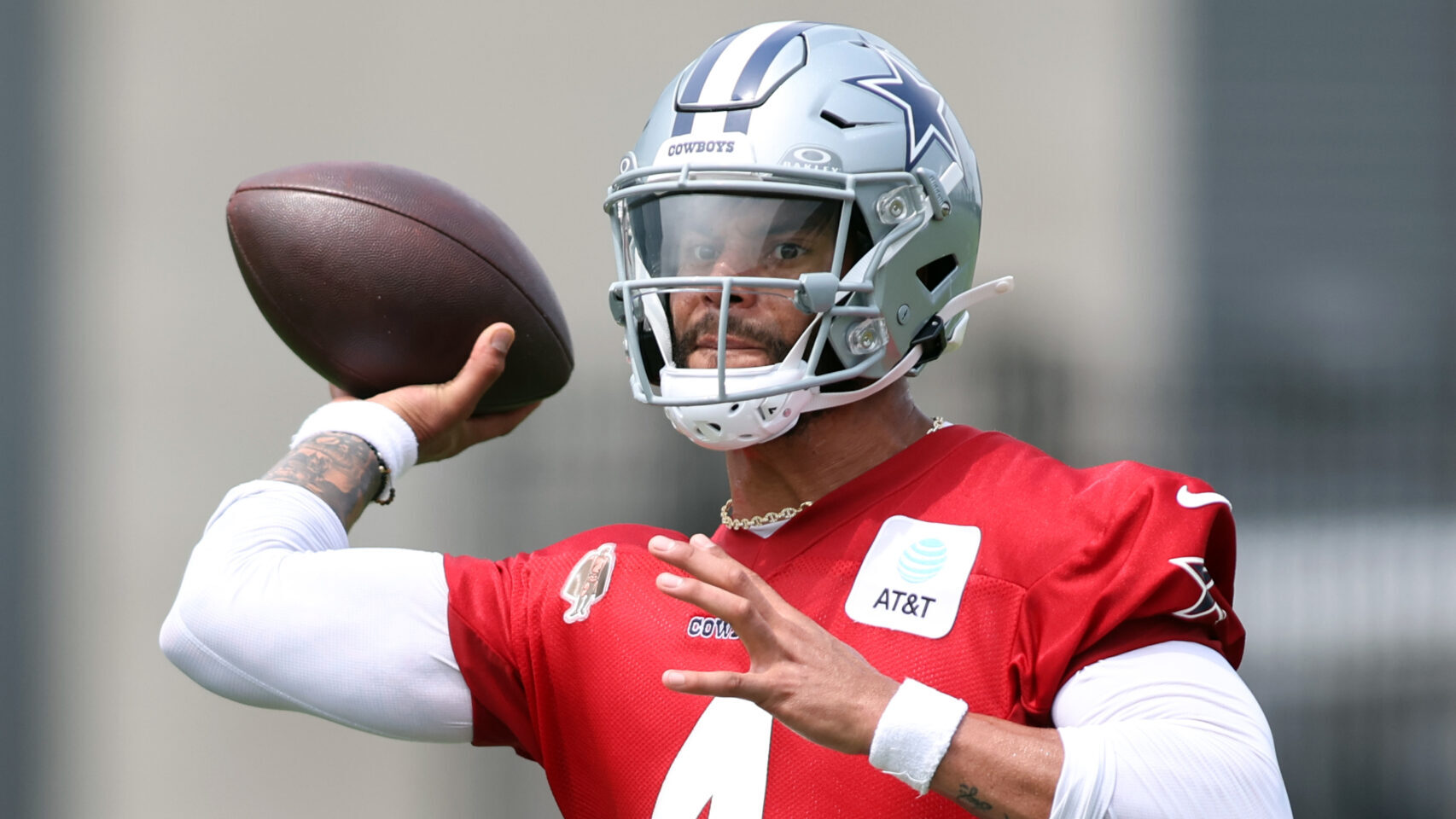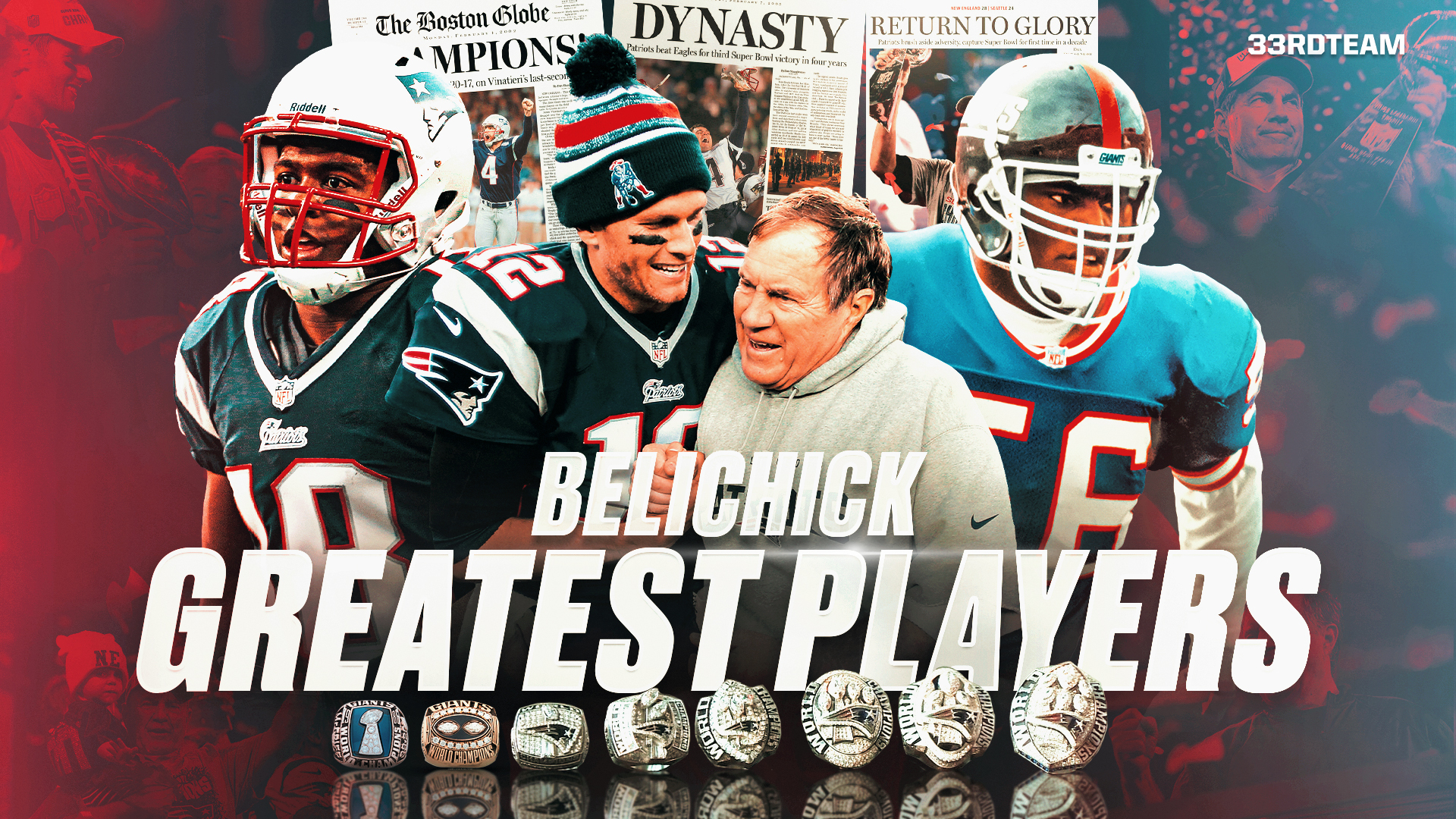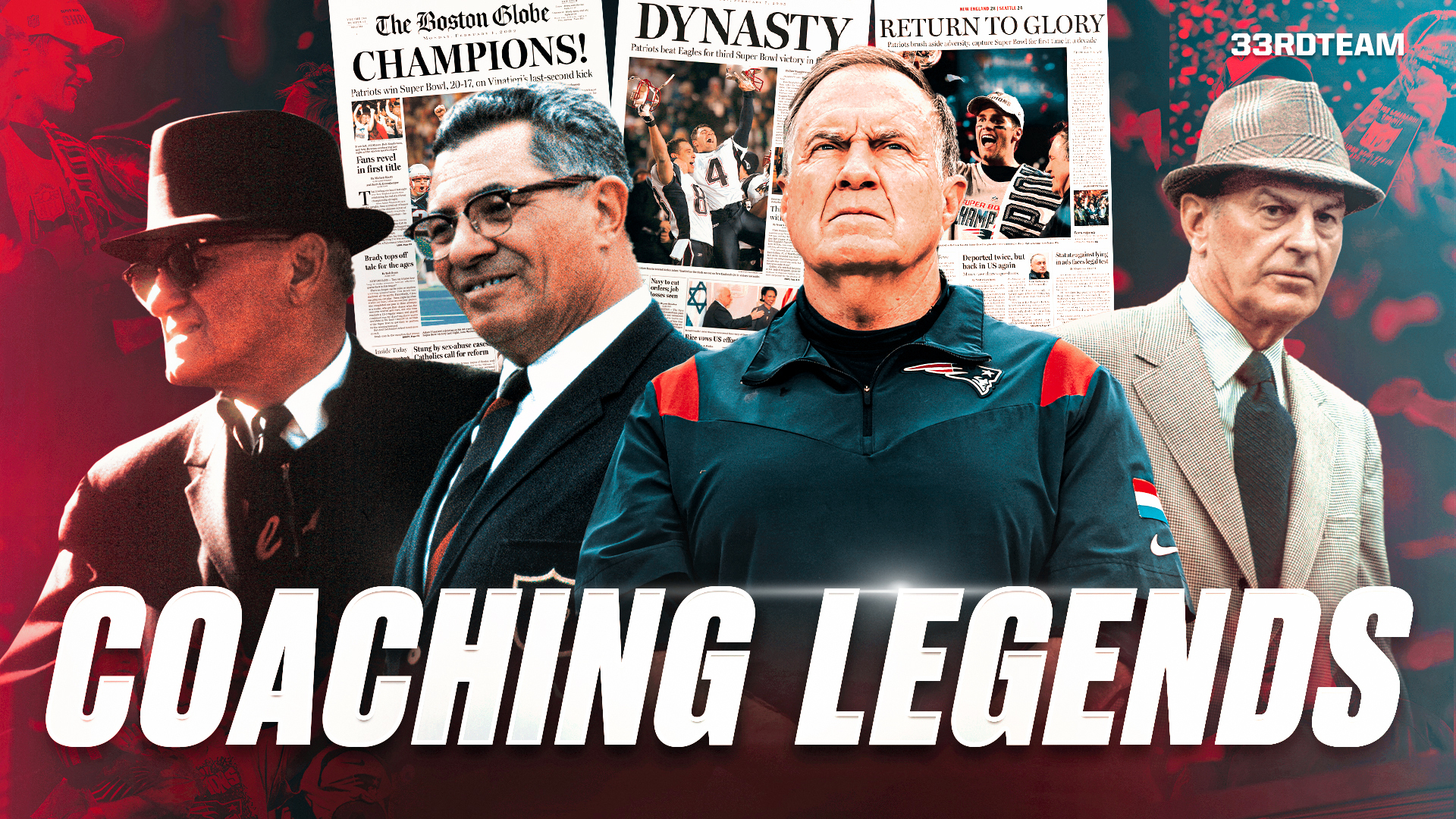Analysis
7/19/22
7 min read
Using Analytics to Determine a Potential Lamar Jackson Extension
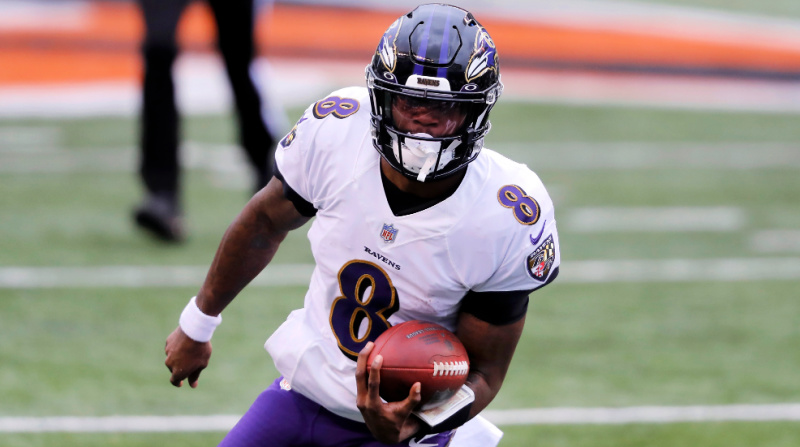
In a recent article, we introduced the concept of using a powerful data science technique to cluster the leagues quarterbacks over the last three seasons using a host of quarterback metrics as the input.
We spoke about how this technique is used in everyday algorithms such as your recommended next watch on Netflix, the predictive text on your phone and now pricing a quarterback's contract based on the clusters he finds himself in.
Lamar Jackson makes for a fascinating case study for a number of obvious reasons:
- After four years in the league, Jackson has won a unanimous MVP but also failed to make a deep postseason run whilst never fully removing all the doubts about his status as a passing quarterback
- Jackson represents a unique playing style, with the league arguably never seeing a player of his genre
- Jackson’s playing style leads some to believe he’s likely to be injured and so a long-term contract might be a risky commitment on Baltimore’s’ behalf
- He appears content to stay on his rookie contract should a deal not be agreed. Given he has stated he wishes to remain in Baltimore for the rest of his career and with the Ravens stating their desire to tie him down, it remains a curious case as to why this has not been locked up thus far.
- He does not utilize and agent, choosing to represent himself in any contract talks
Let’s work through the above whereby we can utilize data. More specifically, we will try to utilize the clustering results to see what conclusions we can draw from.
Points four and five leave too little data to rely on.
With regards to point five, yes there is a small precedent for players representing themselves on large contracts such as Richard Sherman and Bobby Wagner but there is not enough concrete evidence to derive any meaningful conclusions.
With regards to point four, the “Kirk Cousins” route as it is now getting tagged has led to players getting paid astronomical sums of money as a middle to top level quarterback hitting the open market will always get paid. That’s not to classify Cousins or Jackson in that category, only to state the obvious.
So where can we use data?
Points one, two and three should all be determined quantitatively.
The plots detail the leagues quarterbacks and the players they are most similar to. With many data points, it’s not useful to label them all so for this exercise we’ve used Patrick Mahomes, a consensus elite quarterback to compare to Lamar Jackson to ascertain how similar they are. The previous article labels more quarterbacks on a season-by-season basis.
It is clear from these images that the elite cluster is the orange cluster to the left side of the chart. Both players' MVP seasons is their left-most data point.
What followed in 2020 was a major regression to the mean. His season was that of a middle of the pack quarterback, which is no easy feat, but it’s important to view the visual representation of the leagues quarterbacks when debating where he should be placed amongst them. In 2020, this model states he shouldn’t be placed outside of the middling quarterbacks.
The major question was whether this was where he would stay or would a rise towards the top ensue in 2021?
The below graph details the direction of Jackson’s performances starting with his rookie season in the top right hand corner. He moves from a standard rookie to league MVP and proceeds to regress in the following two seasons.
Last season turned out to be Jackson’s least successful as a professional as he missed the playoffs for the first time and was marred by injuries.
Before we address the injuries to get a sense as to how that might affect any contract negotiations, it should be stated that the number of games played was not a variable in the clustering model and so Jackson’s movement towards the lowest cluster was a measure of what he did when he was on the field. So even ignoring the injuries he sustained, this was Jackson’s most underwhelming season of his young career so far.
In the 2021 season, Jackson averaged 3.17 sacks per game which was good for third highest in the league. He was only behind Zach Wilson (3.38 sacks per game) and Joe Burrow (3.19). Baker Mayfield followed Jackson with 3.07 sacks per game.
Wilson missed time during the season due to a knee issue arising from being chased down by a defensive end. Burrow missed much of his rookie season due to a contact challenge and Mayfield was never fully healthy after a hit in week two.
Although Jackson is far more elusive than all the above quarterbacks, it didn’t result in a great difference of sacks per game. The sacks also don’t account for any potential hits he may get on the run.
What is the greater concern is the trend of these sacks per game. In 2019, Jackson had 1.53 sacks per game which was only 28th highest in the league. In 2020, Jackson averaged 1.9 which was right in the middle of the pack for the league and then in 2021 he almost led the league in sacks per game.
Andrew Luck’s career was derailed by hits and while he played a different brand of football to Jackson, his average sacks per game went from 1.69 to 2.14 to 2.73 before missing all of the 2017 season due to injury. By the time he returned, the Colts had fixed their offensive line issues making him the least sacked quarterback in 2018 but the damage had already been done.
Whilst the quarterback should not escape all blame for their total sacks, the offensive line is usually the biggest detriment. The responsibility of the offensive line’s quality falls on the Ravens, not on Jackson.
Whilst punishing Jackson in terms of his contract offer for fear of injury may seem unfair given the Ravens hold some of the blame, they need to cover themselves and the team by not having too much money committed to a player whose trends state that injuries could become an issue.
The clustering plots are based off quarterback statistics and outside of his MVP campaign, Jackson’s play has been that of a middle tier quarterback. This, combined with the growing injury concerns should cause major pause when committing to a contract that pays him as one of the elites of the game.
The past ten champions have the following cap percentage spending on their quarterbacks according to OverTheCap:
| Year | SB Champion | Cap % on QB |
| 2021 | Rams | 10.70% |
| 2020 | Bucs | 12.20% |
| 2019 | Chiefs | 2.40% |
| 2018 | Patriots | 12.20% |
| 2017 | Eagles | 3.40% |
| 2016 | Patriots | 8.60% |
| 2015 | Broncos | 11.70% |
| 2014 | Patriots | 10.60% |
| 2013 | Seahawks | 0.50% |
| 2012 | Ravens | 6.60% |
| Average: | 7.89% |
Although Wilson and Mahomes bring down the overall average due to their rookie contracts, it is interesting to note that there has not been a recent winning recipe above 12.20%.
Should we give Jackson that full 12.20% for this year’s cap and the projected cap over the next three years, his contract would look something like the following:
| Year | Cap % on QB | Projected Cap | Amount per Year |
| 2022 | 12.20% | $208,000,200.00 | $25,376,024.40 |
| 2023 | 12.20% | $225,000,000.00 | $27,450,000.00 |
| 2024 | 12.20% | $256,000,000.00 | $31,232,000.00 |
Lamar would never accept this offer and based off the current quarterback contracts, this pay would put him somewhere amongst Jimmy Garoppolo, Matt Ryan, and Ryan Tannehill.
Let's take one more view on the clusters labelling these players to see how similar or dissimilar they are to Jackson:
There's no evidence to state that Jackson’s performance as a QB is significantly better than the aforementioned quarterbacks using Patrick Mahomes' four data points as a bar.
Should this contract deal get signed, it is likely to be much closer to the top-end as he is not going to accept anything else.
His play on average, however, places him near the middle of the pack among quarterbacks, if not slightly above.
Combined with ever growing injury concerns and the percentage of cap spent on the past ten previous champions, the Ravens would be wise to stick to what has proven to be a winning formula.
There are ways to manipulate the cap, but if the Ravens are to pay Jackson amongst the elite, the current performance trajectory he is on will have to reverse or else Baltimore will have to adjust their cap very creatively to keep his cap percentage as low as possible.

